11 Spring Trout Flies That Top Trout Guides Use
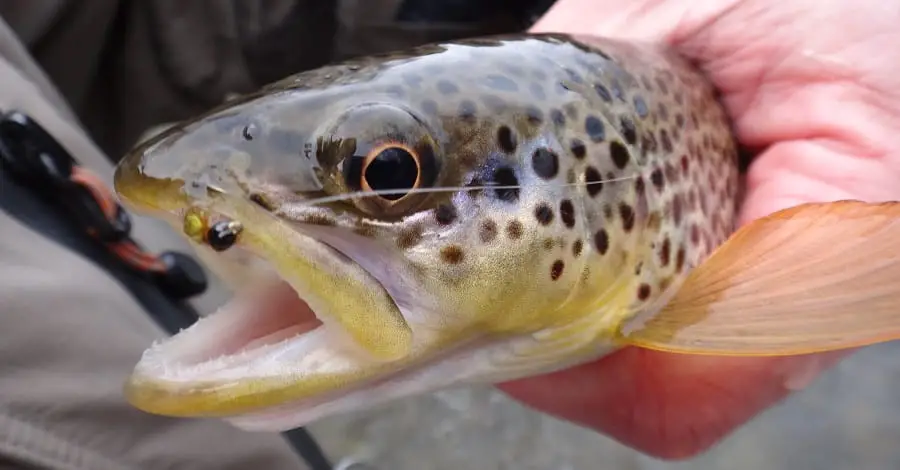
Wouldn’t you love to peek into a river guide’s fly box to see what trout flies he is using to catch trout in the spring? Do guides use the same standard flies that everyone else uses, or do they have special patterns that work even better?
The best spring trout flies are ones that match early-season hatches like midges, mayflies like the Pheasant Tail Nymph, the Frenchie Nymph, and the Polish Pheasant Tail Nymph. Other great trout flies for spring would include stoneflies, and caddis patterns like the McPhail Caddis Pupa.
Other great flies include”
- Higa’s SOS
- Woolly Bugger and Micro Bugger
- Walts Worm and Sext Walts Worm
- Diamond Dub Scud
- Plus, there are plenty more, which I’ll discuss below.
We may make a small commission from some of the links on this website, which is at no cost to you. I appreciate your support.
Spring Trout Flies: The Mayfly
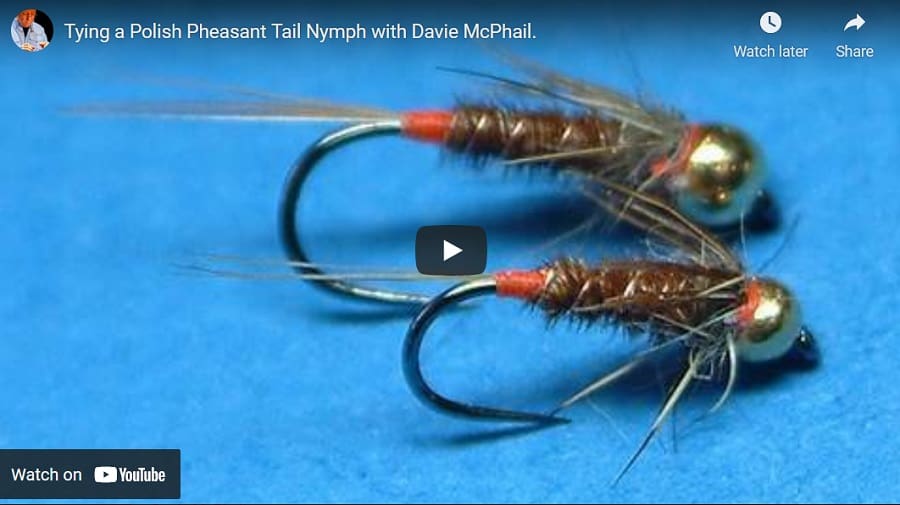
The mayfly is a very common fly on most North American rivers, and it can be one of the earliest aquatic insects to become active. Most mayflies can be initiated by a few simple fly patterns.
Mayfly species like the Blue Winged Olive start hatching very early in the spring and can be imitated with small size 16, 18, and 20 fly patterns like:
I fish these flies with an indicator, or I use the Euro Nymphing method. If you are a spin fisherman, check out my page How To Fish Flies With Spinning Gear: 2 Best Methods or Float Fishing With Flies.
Spring Trout Stonefly Nymph
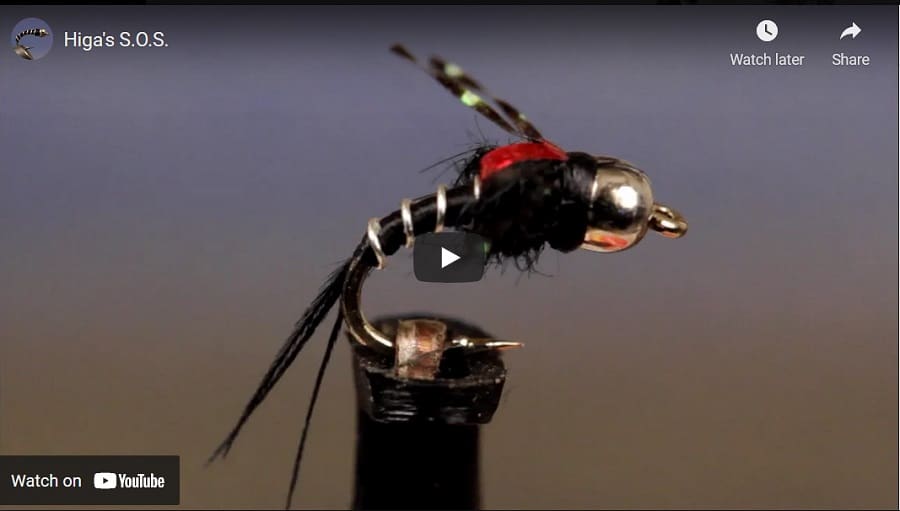
When anglers think of the stonefly nymph, they often think of a big dark fly that big trout love to eat, but the stonefly comes in many sizes, and in some rivers, there are very tiny stoneflies in the spring.
There is one species of stonefly called the tiny winter black, which is a small size 16 to 18 fly, and it can be one of the best early spring flies for catching trout.
A great fly pattern that I use to imitate the small stonefly nymph comes from long-time guide, Spencer Higa, and it’s known as Higa’s SOS fly.
I have tied this fly pattern in its original black, which works great as an early spring trout fly, but I have also done well with this fly in brown and olive.
Caddis Larva and Caddis Pupa
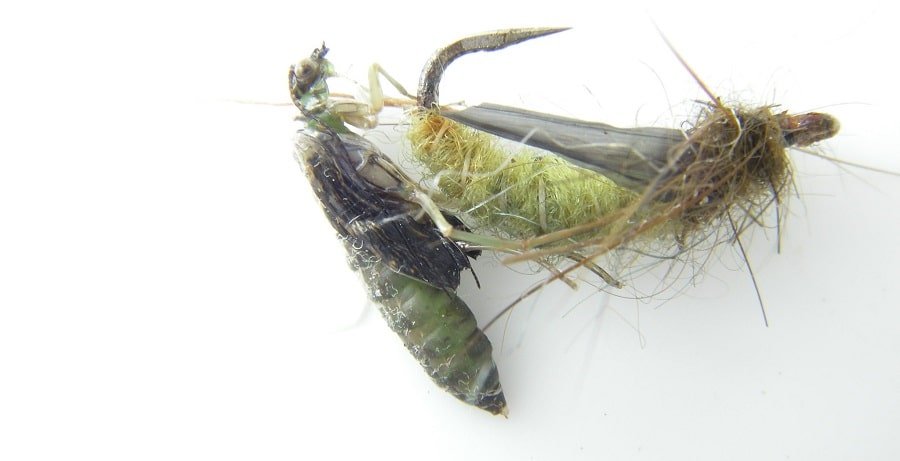
Most rivers in North America have some sort of caddis. Some call them green rock worms, and they look like little green maggots, but whatever you call them, they are one of the best flies for spring trout.
My favorite spring caddis patterns are the McPahil Caddis Pupa and the Egan GTI Caddis from competition angler and guide Lance Egan.
Scud and Isopod Patterns
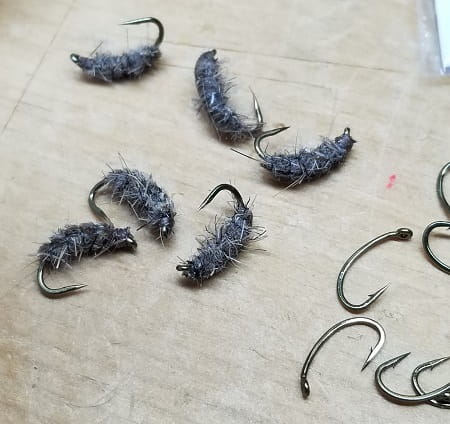
The great thing about scuds, cress bugs, or isopod patterns is that these species do not hatch and fly away, and they are always in the river.
This makes them a great food source for trout and one of the best flies for spring.
I use scud imitation patterns in sizes 16 and 18, but size 14 can work well on some rivers.
One of my favorite spring scud patterns is the Diamond Dub Scud or the Humps Cress Bug used by guide George Daniel.
I tie my own flies so I can be sure I replicate the size and color better. If you tie your own flies, check out The 7 Best Fly Tying Hooks For Dry Fly, Nymphs, and Streamers.
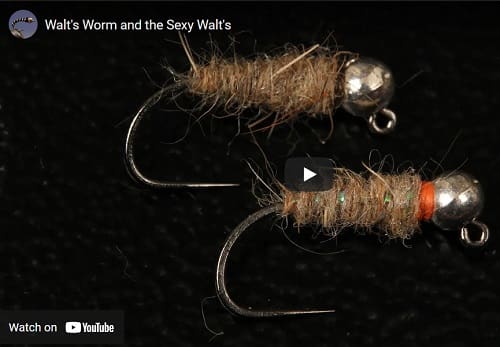
The Walts Worm is a great pattern that can imitate a cased caddis or a Crane Fly larva.
The Sexy Walts Worm has a little extra flash to attract more trout, and it can be a deadly fly year-round. Both of these patterns are must-haves, in my opinion.
I have also done very well with this pattern on string steelhead around the Great Lakes region.
Attractor Fly Patterns For Spring Trout
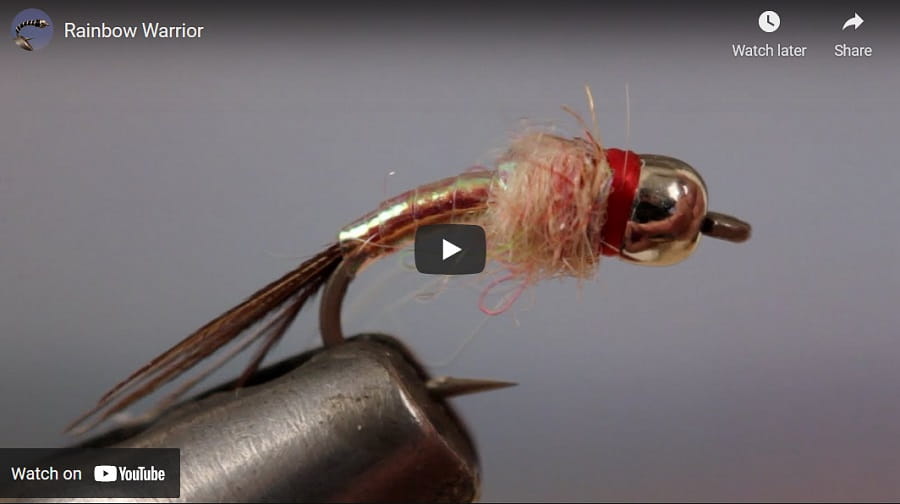
Attractor fly patterns are flies that don’t imitate natural aquatic insects but instead are designed just to get the trout’s attention. Attractor patterns are great flies for catching spring when no natural insects are active in the river, and every angler should have a few of the top attractor patterns.
I have done very well with attractor patterns, even during a hatch. Some of the best attractor patterns are the Rainbow Warrior, which is another guide fly from Lance Egan, and the traditional Prince Nymph.
The Lightning Bug Nymph is another great attractor pattern
Worm Fly Patterns
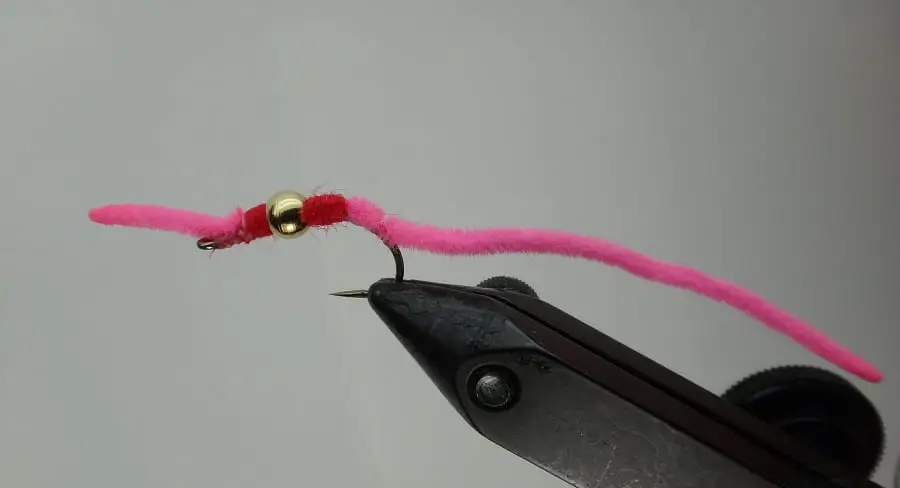
The classic San Juan Worm and the Squirmy Wormy fly pattern are my best springtime trout flies and are a must-have in any anglers fly box.
My San Juan Worm pattern has caught over 75% of the large spring trout and steelhead that my clients catch. For all trout, I like a 3-inch worm on a size 8 or 10 hooks.
Woolly Buggers
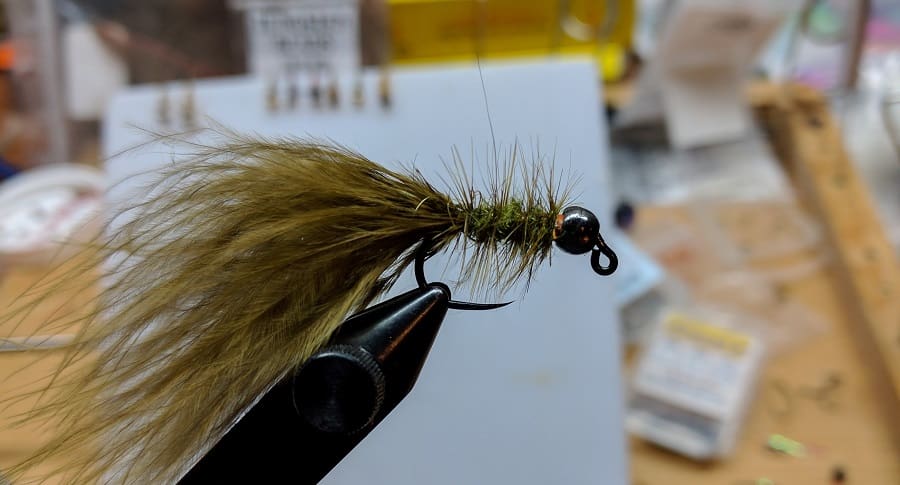
This is one of the most versatile fly patterns, and it can be used as a nymph and as a streamer. My best woolly buggers for nymphing are micro buggers that are about 1 inch long, but I have also done well with woolly buggers up to 3 inches long when nymphing.
Black is my best color for woolly buggers, but I have done very well with olive and white.
Most Effective Spring Dry Flies For Trout
There are tons of dry fly patterns to choose from, and this leaves anglers confused or wondering which ones they should try. Guys, don’t overthink this.
Maybe I think differently than most fly anglers, but I’ll be brutally honest with you, after 38 years of fly fishing for trout in the spring, all I need to catch more large trout than 99% of fly anglers are two dry fly patterns. That’s it, just two patterns!
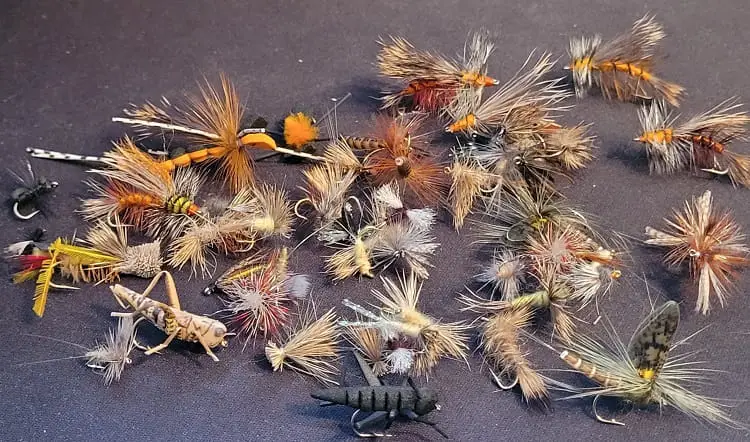
In most areas of North America, the predominant aquatic insect in the spring is the Mayfly.
In some areas, you will also have some spring stoneflies and maybe some caddis.
On my page called the 21 Best Dry Flies, I discuss these two flies along with plenty of other great flies that you can try as well, but these two would be all I would need to catch trout in the spring. But there is a catch!
1. The Most Effective Dry Fly Mayfly Pattern For Trout!
This simple Mayfly Dun pattern imitates just about every mayfly species you will find in the spring.
The catch is, you just need to change the shape and the size to match the current hatch. That’s it!!
In the spring, I will see size 18 – 20 BWO, then size 14 -16 Hendricksons, then size 12 -14 Grey Foxes, then size 16 Sulfers, and I’ll see them all before the end of May. By simply changing the color and size of the Mayfly Dun pattern to match each fly, I can imitate all of these mayflies.
When I look into guide boxes, I see a lot of very similar patterns to this Mayfly Dun pattern, however, the only exception is many guides and competition anglers like to use CDC as the wings. It’s easier to tie with, and it floats. FYI, I use a CDC version as well.
To make this fly even better, or should I say more effective based on the conditions, I do two things to it.
I riffle water, I’ll add an extra hackle to make it more bushy which will keep it floating higher for longer.
In slower water, and when targeting big weary browns, I keep it very sparsely hackled. Although it does not float as well, it sure fools those larger trout. Whether bushy or sparsely tied, just be sure you follow my fly floatant and desiccant method to keep them floating high and dry.
Guide Tip #1: I trim a V-shape into most of my dry flies on the bottom to ensure that the fly rides upright and prevents the fly from rolling.
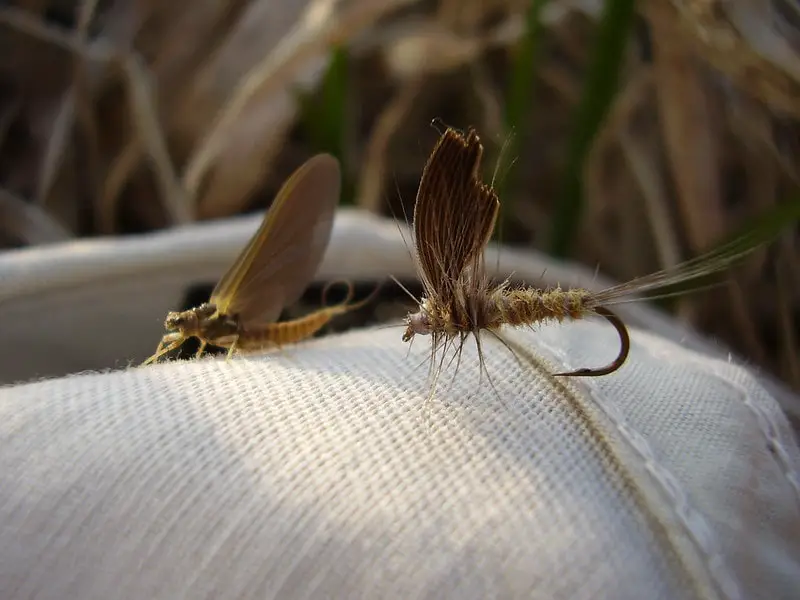
Guide Tip #2: While many fly tiers like to split the wings of their dry flies, I would guess that 95% of dry flies floating on the water surface have their wings closed tight and straight up like a sail.
Therefore, to make it easier to tie and to look more natural, I rarely split my dry fly wings anymore. See the above image.
Guide Tip# 3: When tying very tiny flies with hook sizes of 18 or 20, or smaller, instead of using dubbing for the body, I simply build up the body with thread. This is easier and faster, and it prevents bulk, which keeps the fly more proportional.
The CDC Dun
This is a CDC slow water, big fly mayfly pattern that is very effective. This is what I was talking about when I said many guides and competition anglers like to use CDC versions. Use this fly with or without a hackle.
2. The Most Effective Stonefly or Caddis
If there are stoneflies or caddis on the water, this is the fly I use.
This is a simple Elk Hair Caddis, and if you change the color and the size, it will imitate both caddis and stoneflies of all sizes.
There are a couple of things I will do to make it more effective.
In faster ripple water, I tie it bushy. In slower, flat water or when targeting large trout, I tie it more sparsely, or I will trim a V-shape in the bottom so the fly sits up-right and sits lower and so it doesn’t roll.
A variation that is super effective in slower flatter water and when fishing for bigger trout is the CDC Elk Hair Caddis.
This is one of my favorites; I simply change the body, wing, CDC color, and size to match the hatch.
Guide Tip: For the body dubbing on any Elk Hair Caddis pattern, a good guide and author told me that if you add a bit of flash to the body it will increase bites, he was right. I will add a sparky-type material like ice dub to some of my patterns.
Attractor Dry Fly Patterns For Spring Trout
The above dry flies are my go-to big fish dry flies for spring trout and for early summer trout fishing, and they also catch plenty of small trout. However, when I’m fishing a river full of smaller aggressive trout, attractor patterns are hard to beat, and they last longer without getting destroyed, and they float higher longer.
Attractor patterns like the Humpy, Royal Wulff, Royal Coachman, and Stimulator are all great all-season flies, especially when fishing dry flies in fast, choppy water.
These are all worth having in your fly box in the spring.
More Great Trout Flies
Another article on trout flies that our readers enjoy is 29 Best Trout Flies: Modern and Traditions Flies.
I plan on updating this annually so check back soon.
Tight lines,
Graham
References:
https://scholarworks.calstate.edu/downloads/qb98mh66r
https://s3.wp.wsu.edu/uploads/sites/1040/2015/10/Pope-et-al.-2009-Freshwater-Biol.pdf

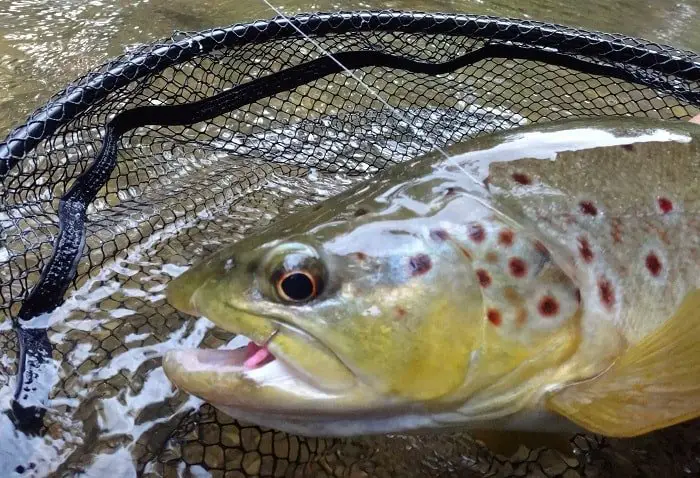
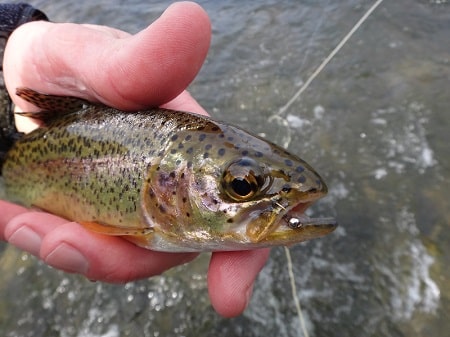
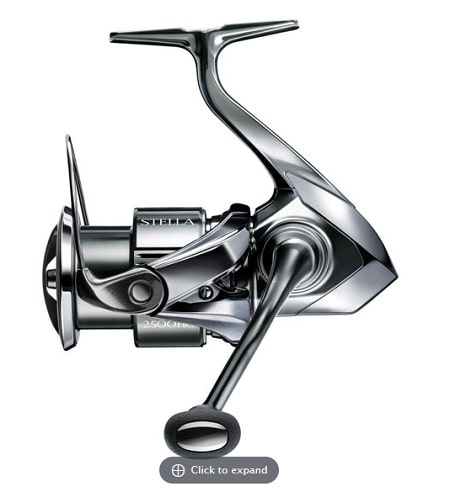
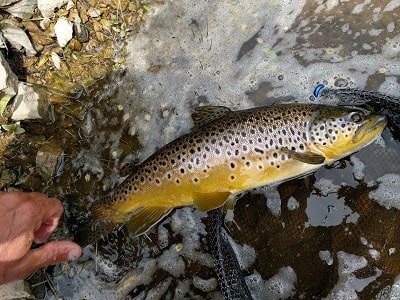
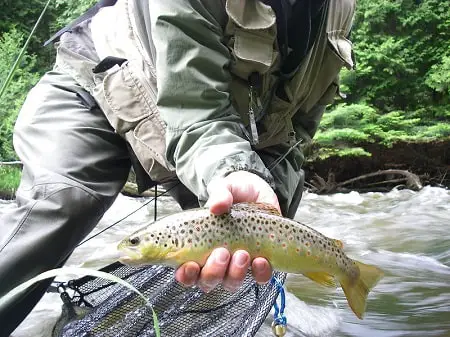
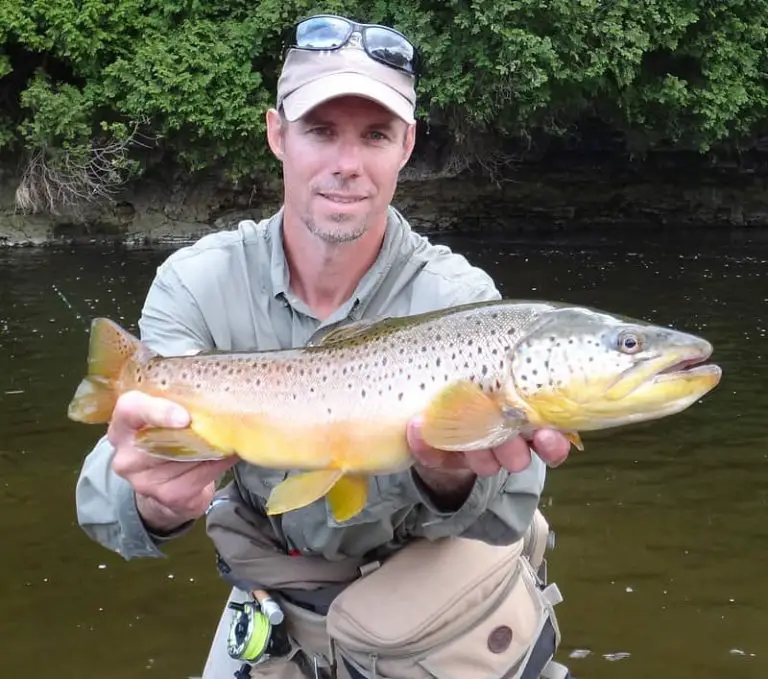
This is great. Thanks.
Hi,I was wondering what are the best summer trout flies for brookies,rainbow,etc
I am biking to local rivers this summer and fish flies on my spinning tackle.
Hey Jonny,
I have a page about spin fishing with flies and list some great flies for trout on that page. Check it out at How To Fish Flies With Spinning Gear: 2 Best Methods
Ok,thanks a lot!
Ok,thanks a lot!
Hi I was wondering what the best spring flies for 5wt fly rod and what size flies are the best for north central Pa/ Species any type of trout
It really depends on the hatches, the conditions, and the fish’s mood, which is why a good selection is a good idea. I’ve caught them on crazy stuff like the Rainbow Warrior, and also on natural close imitations. Most of the flies on this list should work in that area.
Good Luck,
Graham
I really enjoy the opening week in Northerm Michigan, offen its still very cold, no bugs or next to no bugs, and an outfitter in the UP told me this year they don’t even try to fish for Browns and Brookies in cold water streams until June. Still It’s May when I make my way up into the Upper Pennensiula and I want to fish. What flies would you use ?
Hey Dwight,
Myself and lots of guys have caught browns when there’s still snow on the ground, they are not impossible to catch at that time, they’re just more difficult in the cold water.
Generally, smaller is better when the water is ice cold. I’d stick with small #16 caddis, mayflies like a pheasant tail imitations, or BWO imitations, and small dark stoneflies.
I’d also use single egg patterns, especially if there are rainbows or steelhead, or suckers around and spawning.
Also focus on deeper slower water.
The key is fish deep and fish slow. Save your dry flies until they start rising, and for UP rivers that will likely mean mid to late May. Depends on the year…
Best Of Luck,
Graham